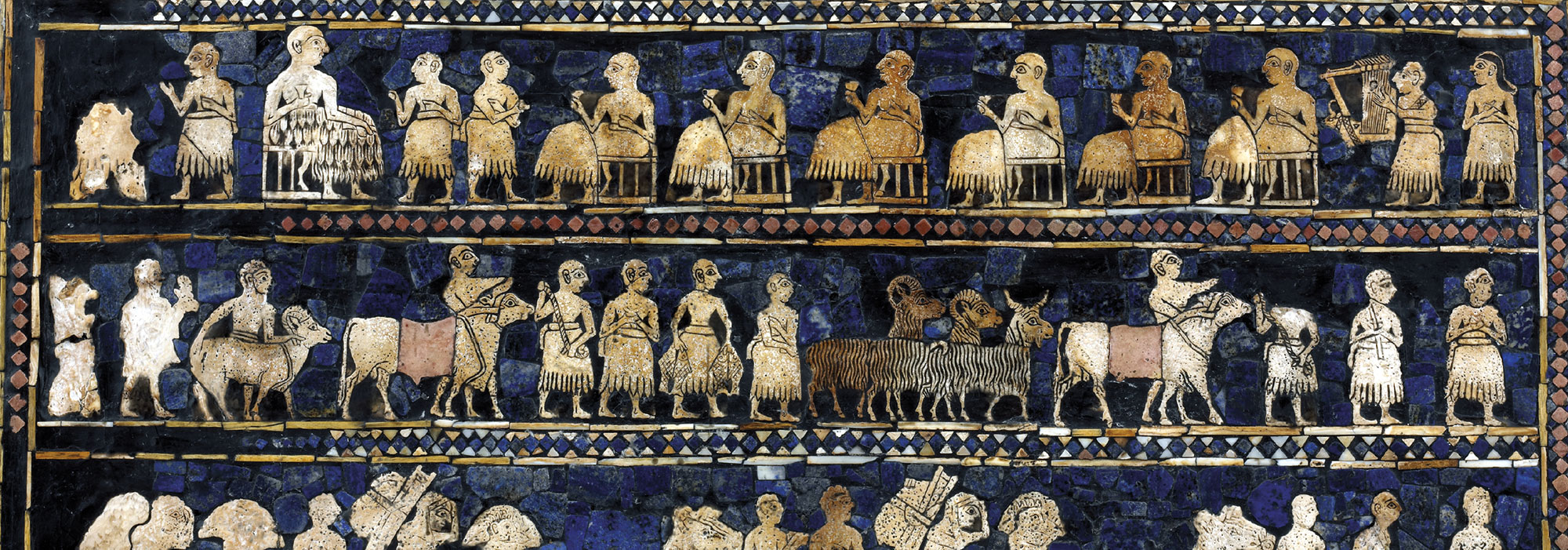ORANJESTAD, ST EUSTATIUS—The Associated Press reports that investigation ahead of a construction project revealed an eighteenth-century cemetery on St. Eustatius, an island in the northeastern Caribbean Sea colonized by the Dutch in 1636. The island became a hub for sugar and the trade in enslaved people from West Africa. Most of the 48 skeletons uncovered so far belonged to men, although the remains of a few women and infants have also been found. “Initial analysis indicates that these are people of African descent,” said Alexandre Hinton of the St. Eustatius Center for Archaeological Research. Some of these individuals may have been among the first generation of people enslaved at a sugar plantation known as Golden Rock. Chemical and DNA analysis of the bones could provide information about diet, place of birth, and health status. The researchers also found remnants of coffins, coffin nails, tobacco pipes, beads, ceramics, and a 1737 coin featuring an image of King George II of England. For more on sugarcane and enslaved West Africans in the Caribbean, go to "Alcohol Through the Ages: Triangle Trade."
Cemetery Found at Caribbean Sugar Plantation Site
News June 1, 2021
Recommended Articles
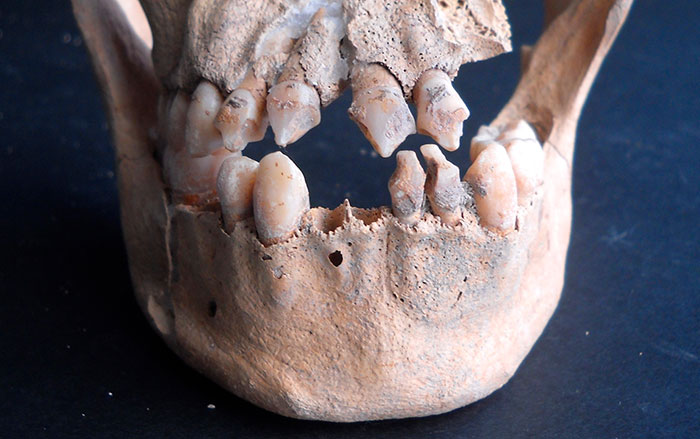
Features March/April 2024
Freedom Fort
In eighteenth-century Spanish Florida, a militia composed of formerly enslaved Africans fought for their liberty
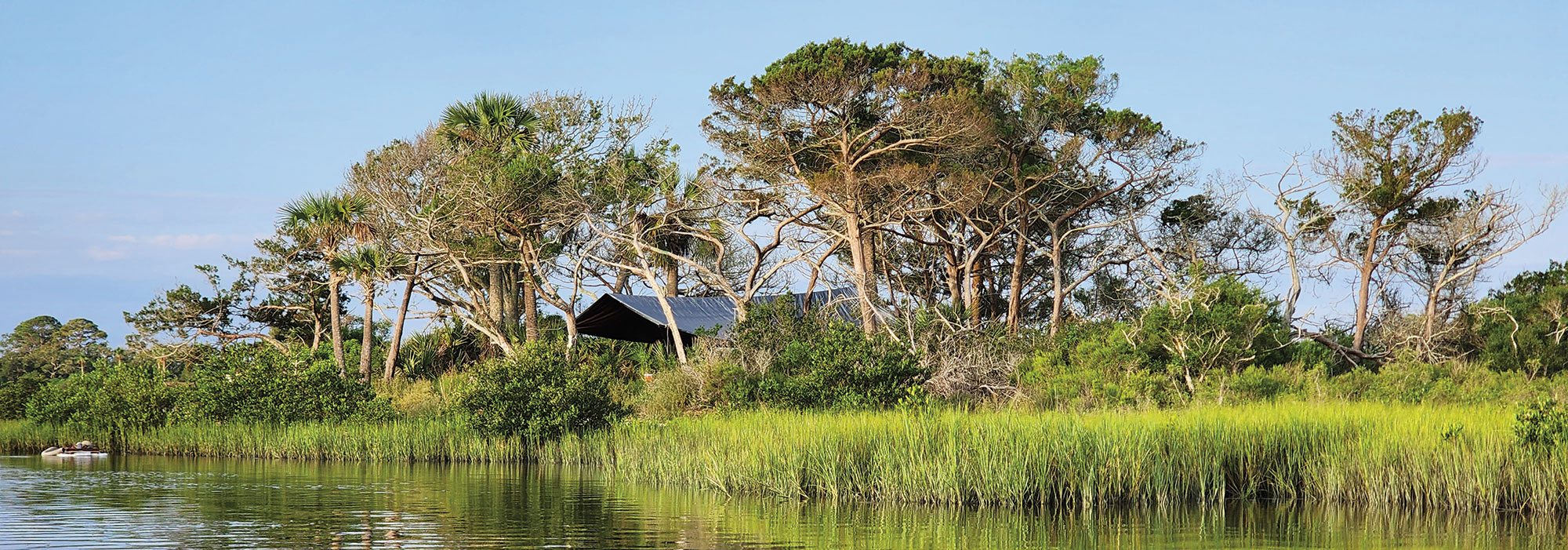
Artifacts September/October 2023
Padlock
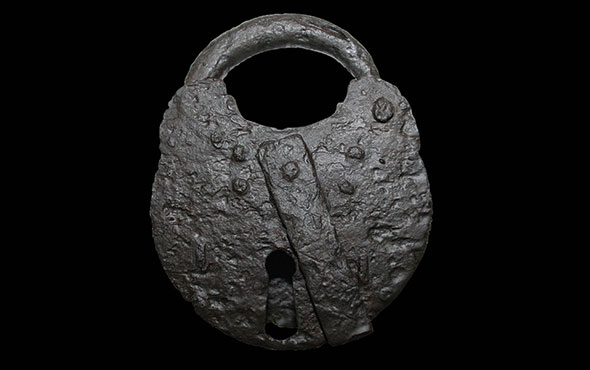
Letter from Ghana November/December 2021
Life Outside the Castle
At Christiansborg Castle, a community that embodied the complexity of the transatlantic slave trade is being uncovered by descendants of those who created it

-
Features May/June 2021
Last Stand of the Hunter-Gatherers?
The 11,000-year-old stone circles of Göbekli Tepe in modern Turkey may have been monuments to a vanishing way of life
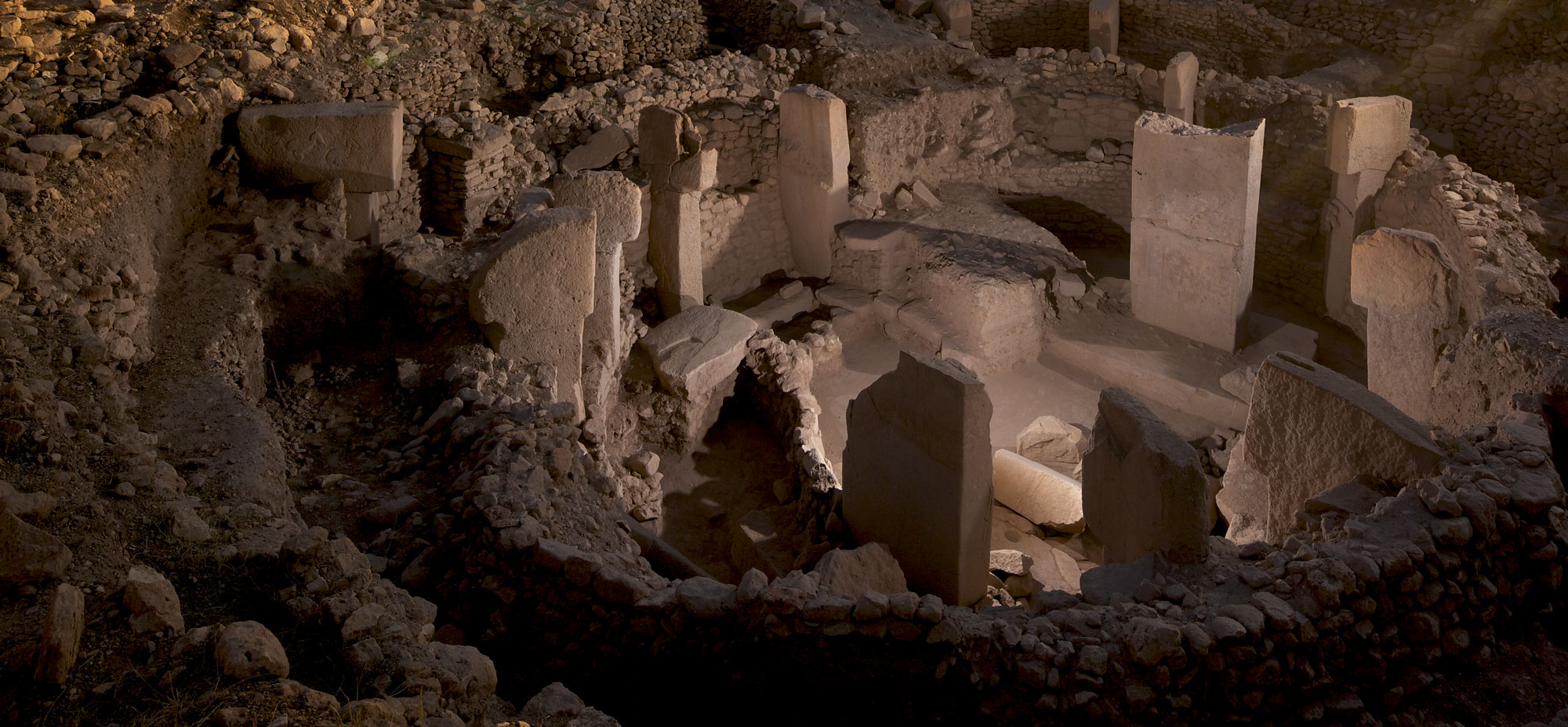 (Vincent J. Musi)
(Vincent J. Musi) -
Letter from Australia May/June 2021
Where the World Was Born
Newly discovered rock art panels depict how ancient Aboriginal ancestors envisioned climate change and creation
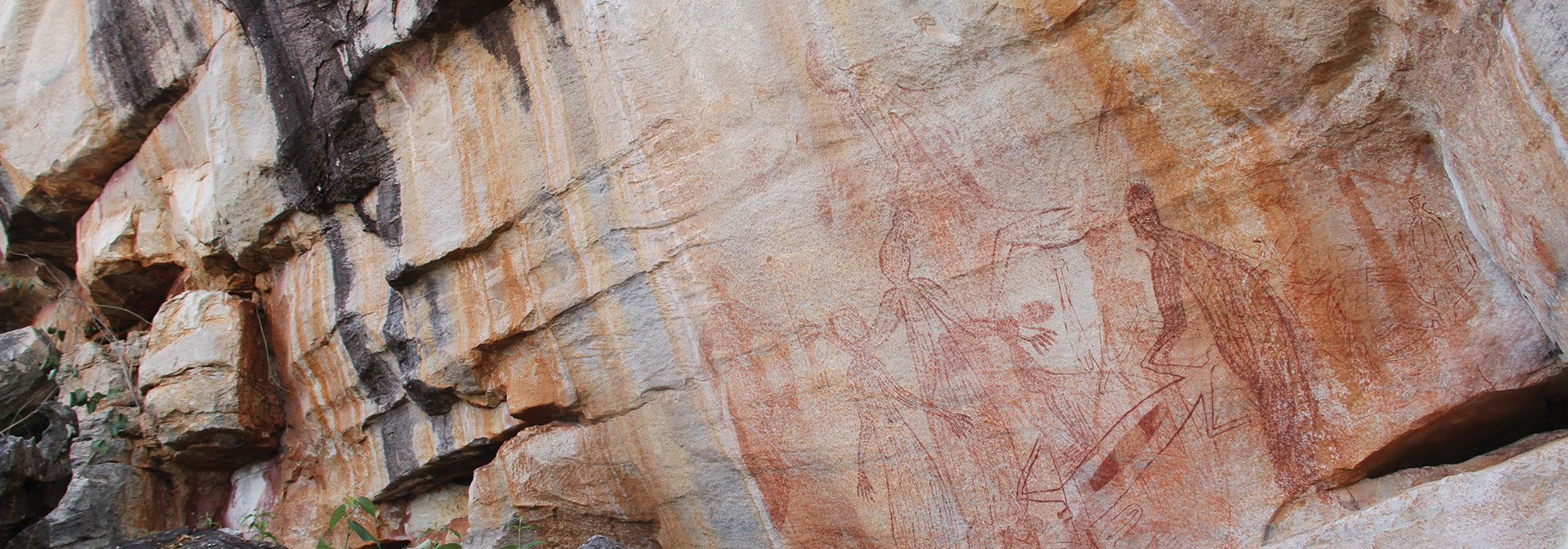 (Courtesy Paul Tacon)
(Courtesy Paul Tacon) -
Artifacts May/June 2021
Magdalenian Wind Instrument
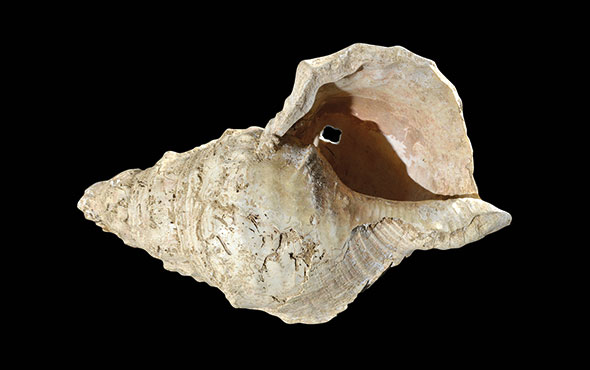 (Courtesy Carole Fritz et al. 2021/CNRS – the French National Centre for Scientific Research)
(Courtesy Carole Fritz et al. 2021/CNRS – the French National Centre for Scientific Research) -
Digs & Discoveries May/June 2021
You Are How You Cook
 (loraks/iStock)
(loraks/iStock)


